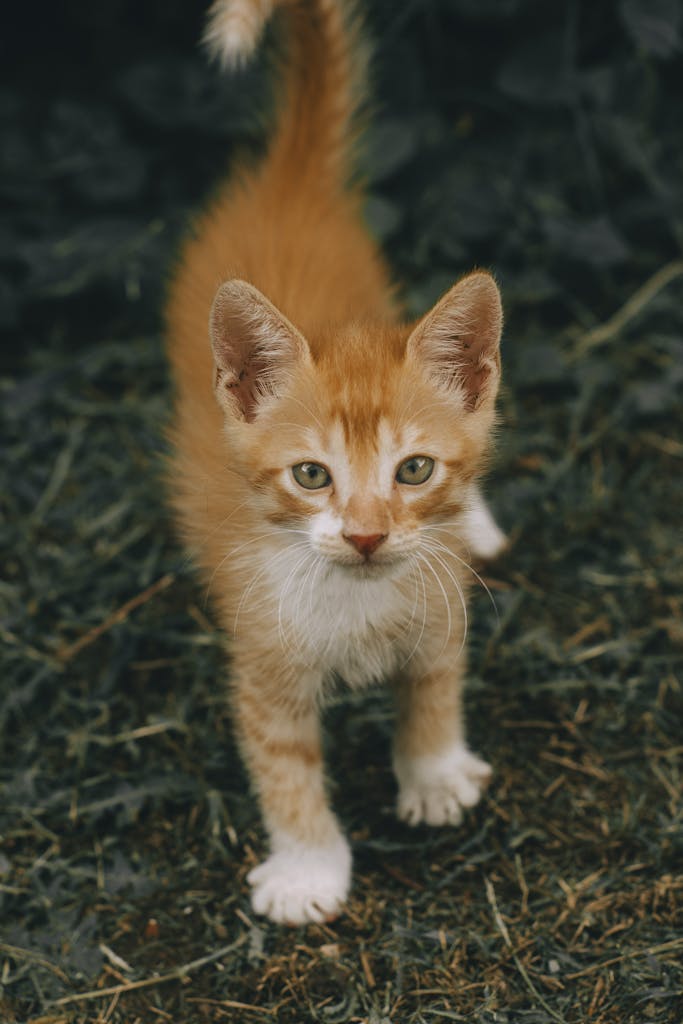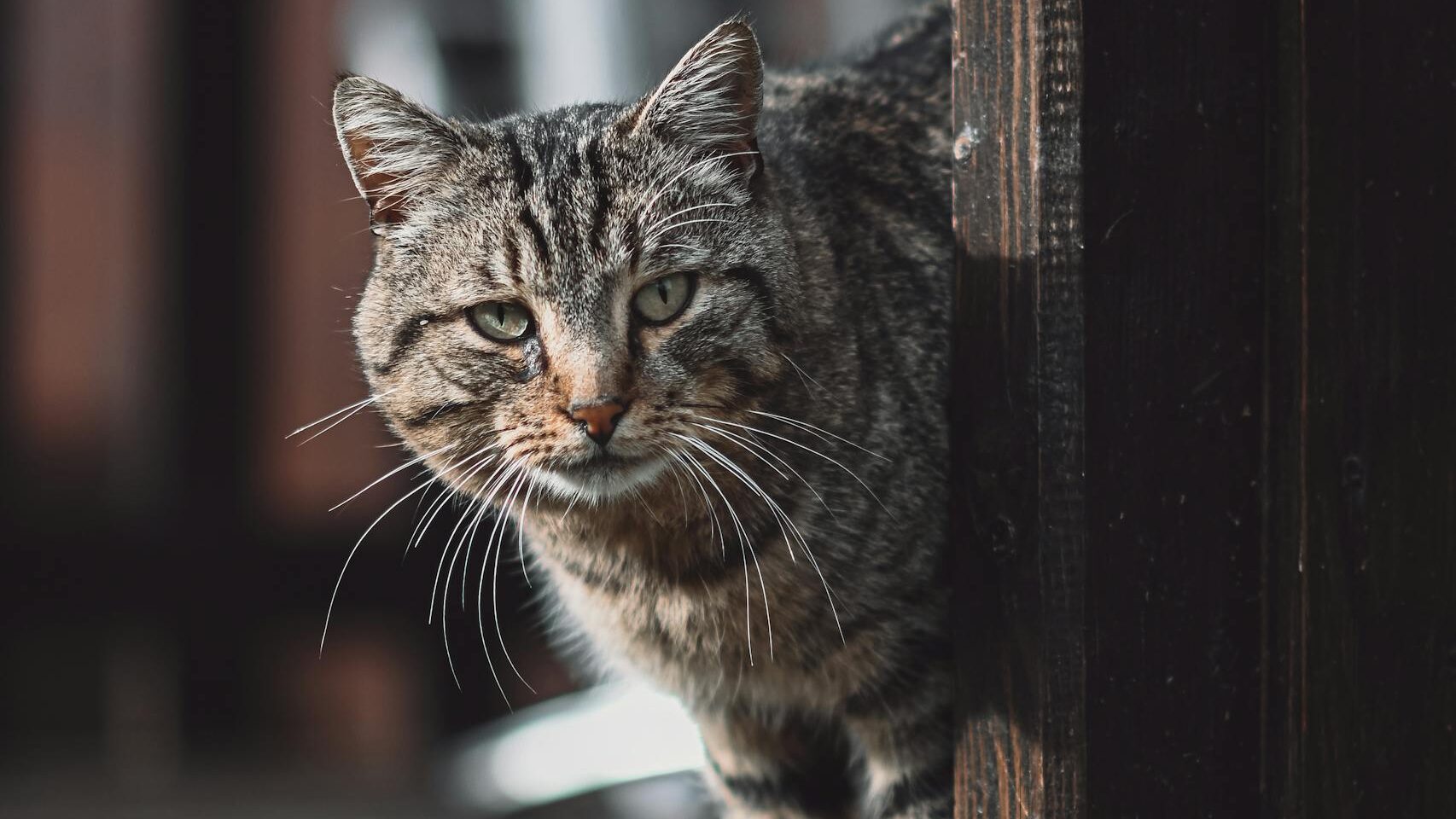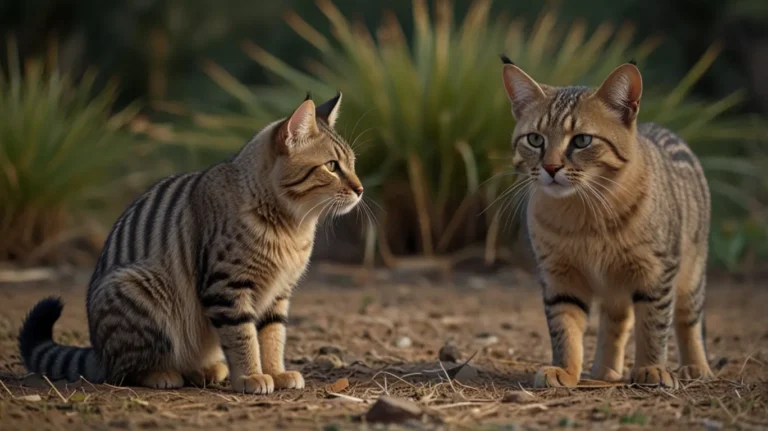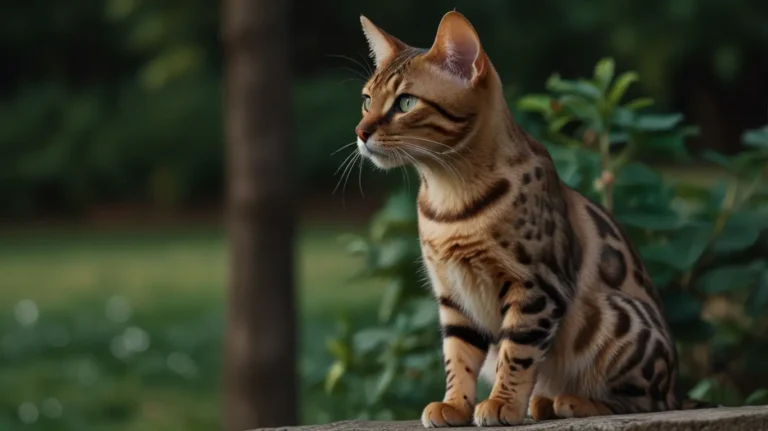Pampas Cat – The Enigmatic Feline of South America!
The Pampas cat is one of the most secretive and least understood wild cats in South America, attracting the attention of wildlife enthusiasts and researchers. The Pampas cat, which roams grasslands and high-altitude areas with its remarkable appearance and unusual adaptations, is currently endangered.
Everything you need to know about this unusual cat, from its appearance and habitat to its growing threats, will be covered in this article.
Key Takeaways
- Discover the unique characteristics and origins of the Pampas cat.
- Explore the distinct look and size variations of this elusive feline.
- Learn about the different subspecies, including the Leopardus colocolo and Oncifelis colocolo.
- Find out where these cats live and how they adapt to various environments.
- Understand why Pampas cats are endangered and what we can do to save them.
Who are Pampas Cats?
Pampas cats are medium-sized wild felines native to South America, primarily inhabiting grasslands, savannas, and scrublands. They belong to the Leopardus genus, which also includes other small wild cats like the Andean mountain cat.
Despite their name, These cats are not confined to the Pampas grasslands and can be found in diverse habitats from Argentina to Ecuador. These cats have fascinated scientists due to their ability to adapt to different altitudes, climates, and terrains.
See also Siamese Mix Cats
However, despite their wide range, These cats are rarely seen, and much of their behavior remains a mystery, making them an enigmatic figure in the animal world.
How Does the Pampas Cat Look Like?
The Pampas cat has a robust build with a thick, short coat, which is essential for surviving in various climates. Their fur color varies depending on the region they inhabit, ranging from pale yellow to reddish-brown with faint vertical stripes. The face is adorned with striking markings, including white patches around the eyes, giving them a somewhat fierce expression.
Their tails are bushy, often banded with darker rings. While their coat pattern can sometimes resemble that of a domestic cat, their overall appearance is more wild and rugged.
Pampas Cat Size
Pampas cats are smaller than larger wild cats, but larger than the majority of domestic cats. They usually weigh between 7 and 14 pounds (3 to 6.5 kg) and have a body length of 46 to 75 cm (18 to 30 inches).
See also Scottish Fold Cost
Their tails add 20-30 cm (8-12 inches) to their overall length. its size varies according to its geographic location, with those at higher altitudes typically being smaller.
Types of Pampas Cats
These Pampas cats population is divided into several subspecies, each with slightly different characteristics depending on where they live. The most well-known include:
Colocolo Pampas Cat: Leopardus colocolo is the scientific name for this type, which is found primarily in the grasslands and shrublands of Argentina, Uruguay, and Brazil. These cats are slightly more reddish-brown with distinctive markings on their face and body.
Leopardus Colocolo Pampas Cat: Another subspecies, this type is found in the Andean region, with more grayish or yellowish fur, adapted for survival in higher altitudes and colder environments. Their coat tends to be thicker, helping them withstand cold temperatures.
See also Sphynx cat cost
The differences between these types often reflect the environmental adaptations necessary for survival in diverse terrains, from humid lowlands to frigid mountains.
Pampas Cat Habitat
These cats are highly adaptable creatures and inhabit a wide range of environments across South America. They are most commonly found in the Pampas grasslands of Argentina, Uruguay, and Brazil, but they also roam scrublands, savannas, and montane forests.
In the Andean regions, such cats can be found at elevations as high as 4,800 meters (15,700 feet), surviving in rocky, arid landscapes. This ability to thrive in such different environments highlights their resilience, but it also makes conservation efforts more challenging as their habitats are being destroyed by agriculture, urbanization, and livestock grazing.
Despite their wide range, the fragmentation of their habitat has significantly impacted their population, pushing them closer to the endangered list.
Why is the Pampas Cat Endangered Today?

Pampas cats are endangered due to habitat loss, poaching, and human-wildlife conflicts. As the agricultural industry expands across South America, particularly in the Pampas grasslands, these cats lose their natural homes.
Additionally, These cats are often killed by farmers who view them as a threat to livestock. Hunting and trapping for their beautiful fur have also contributed to their decline.
See also Why Are Hairless Cats So Expensive?
The combined pressures of human encroachment and illegal wildlife trade have severely reduced their numbers, making the Pampas cat a species in urgent need of conservation efforts.
How Many Pampas Cats Are Left in the World?
Due to their secretive nature and varied habitats, it is impossible to determine the exact number of Pampas cats living in the wild.
According to estimates, their population may be as low as a few thousand individuals, spread across Argentina, Uruguay, Brazil, and other South American countries.
The IUCN Red List lists them as “near threatened,” and their numbers are declining. Their scattered population makes it difficult for them to find mates, resulting in a decrease in genetic diversity, further endangering their survival.
How Can We Contribute to Saving This Rare Cat Breed?
Saving the Pampas cat requires a collective effort involving habitat conservation, anti-poaching measures, and raising awareness. Supporting organizations dedicated to preserving South America’s wildlife is a critical first step.
Educating local communities about the importance of These Cats in the ecosystem can also help reduce human-wildlife conflict.
See also Cost of Owning a Sphynx Cat
Additionally, individuals can contribute by donating to wildlife conservation programs, advocating for the protection of grasslands, and promoting responsible tourism that respects natural habitats.
FAQs
What does the pampas cat eat?
Pampas cats primarily feed on small mammals, birds, and occasionally insects.
What is the range of the pampas cat?
Their range extends across Argentina, Uruguay, Brazil, and parts of the Andean mountains.
Can a pampas cat be domesticated?
No, Pampas cats are wild animals and are not suitable for domestication.
Are pampas cats extinct?
No, but they are classified as “Near Threatened” and face declining numbers.
Why are pampas cats endangered?
Pampas cats are endangered due to habitat loss, poaching, and conflicts with humans.
How long do pampas cats live?
In the wild, they typically live 8-10 years, though they can live longer in captivity.
What are some interesting facts about pampas cats?
They can survive at altitudes as high as 4,800 meters and have different coat colors depending on their habitat.
Is pampas cat safe?
They are typically shy and avoid human interaction, providing no serious threat to people.
Closing Thoughts
The Pampas cats, with its mysterious nature and rare sightings, is an important part of South America’s ecosystem. Despite its adaptability, this wild cat is on the verge of extinction due to habitat destruction and human interference.
See also Bengal Cat Price
Local and global conservation efforts are needed to preserve the Pampas cats to ensure that future generations can marvel at this elusive creature.







